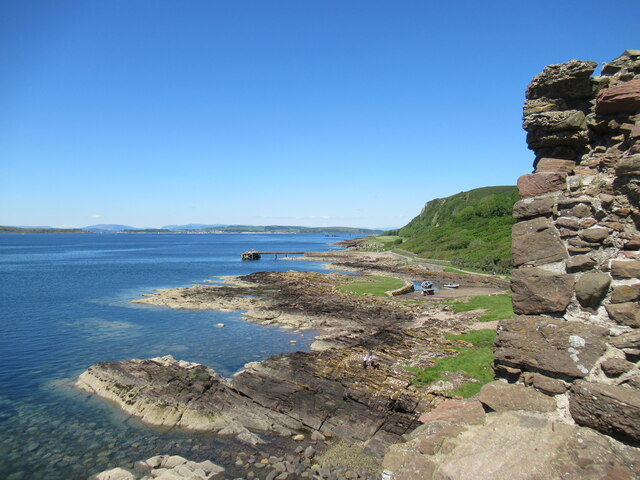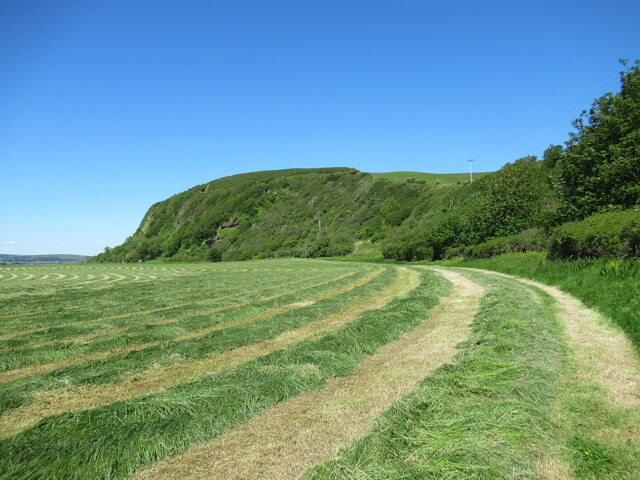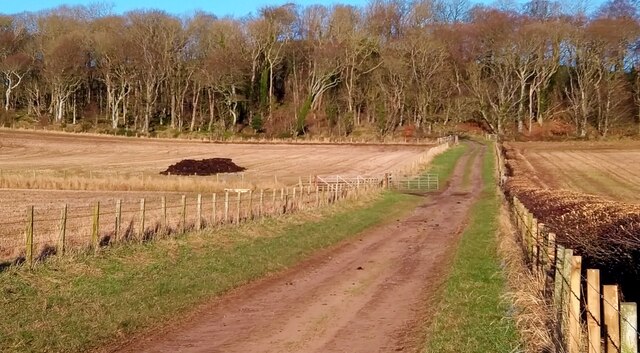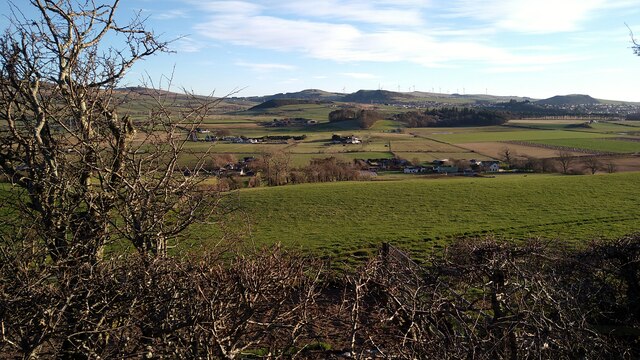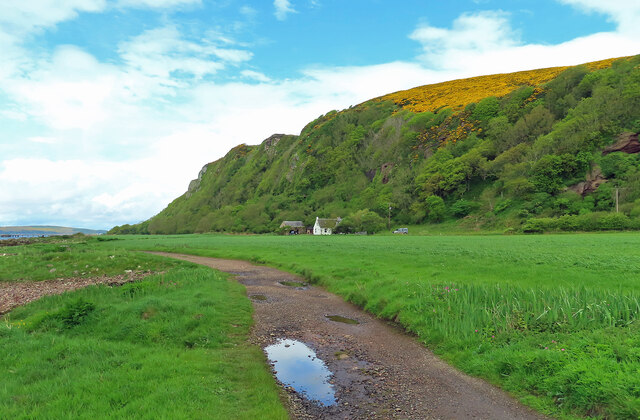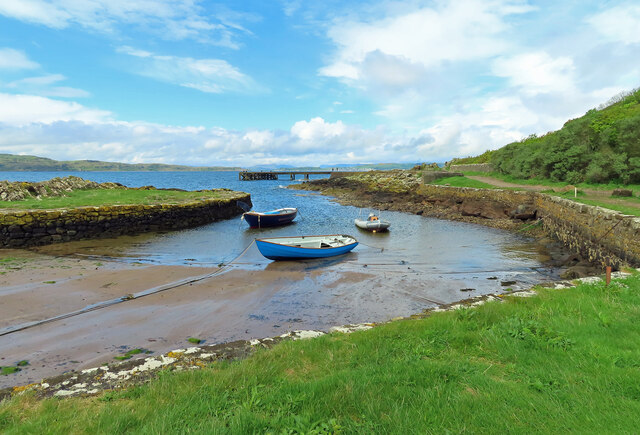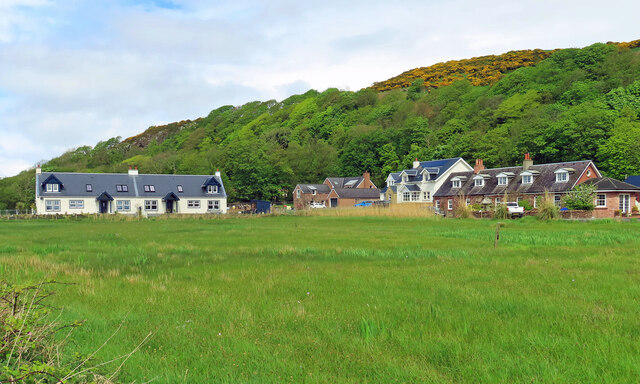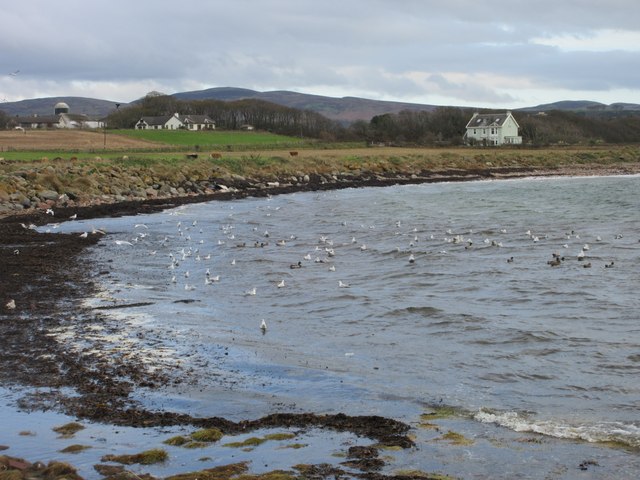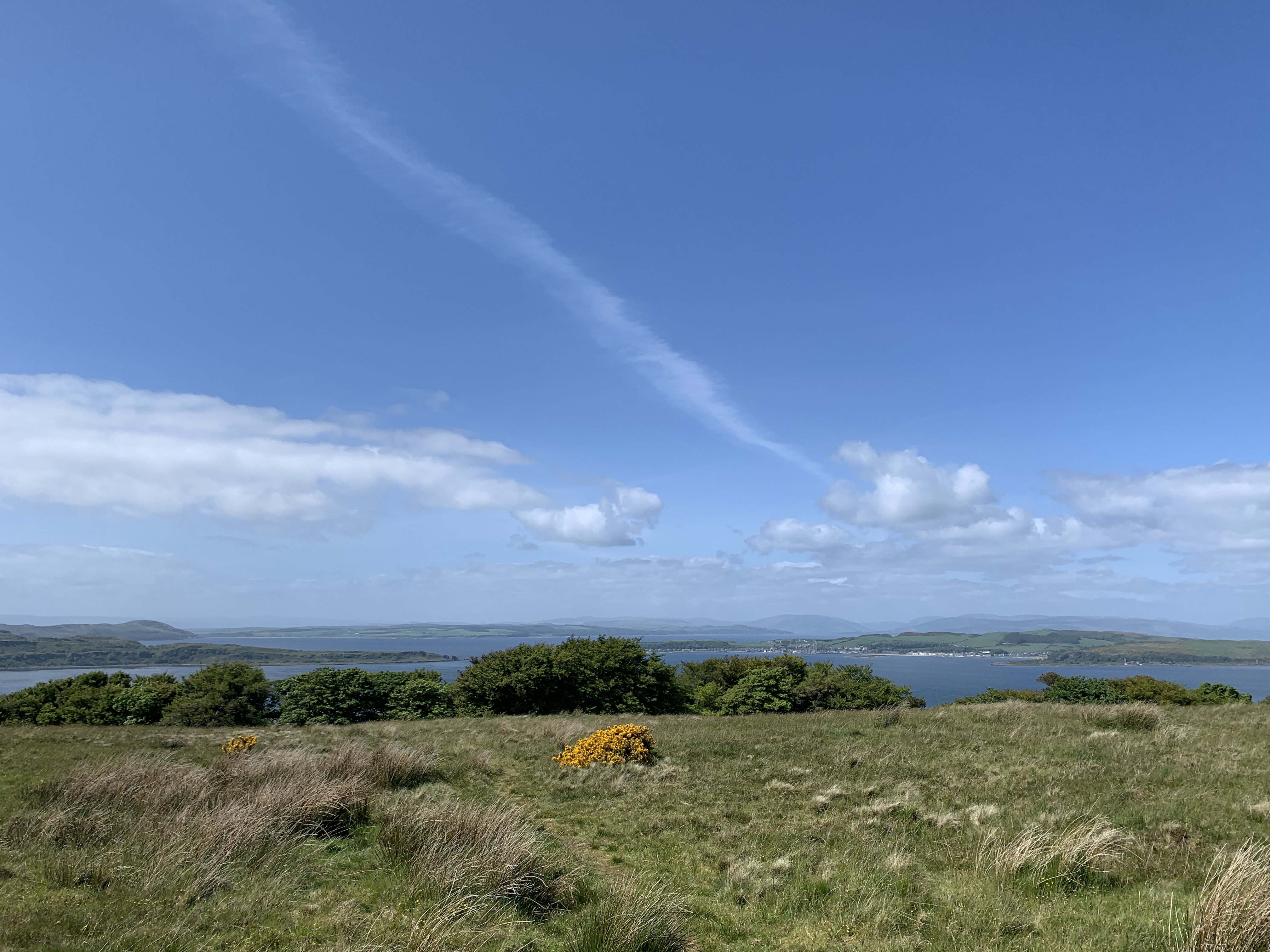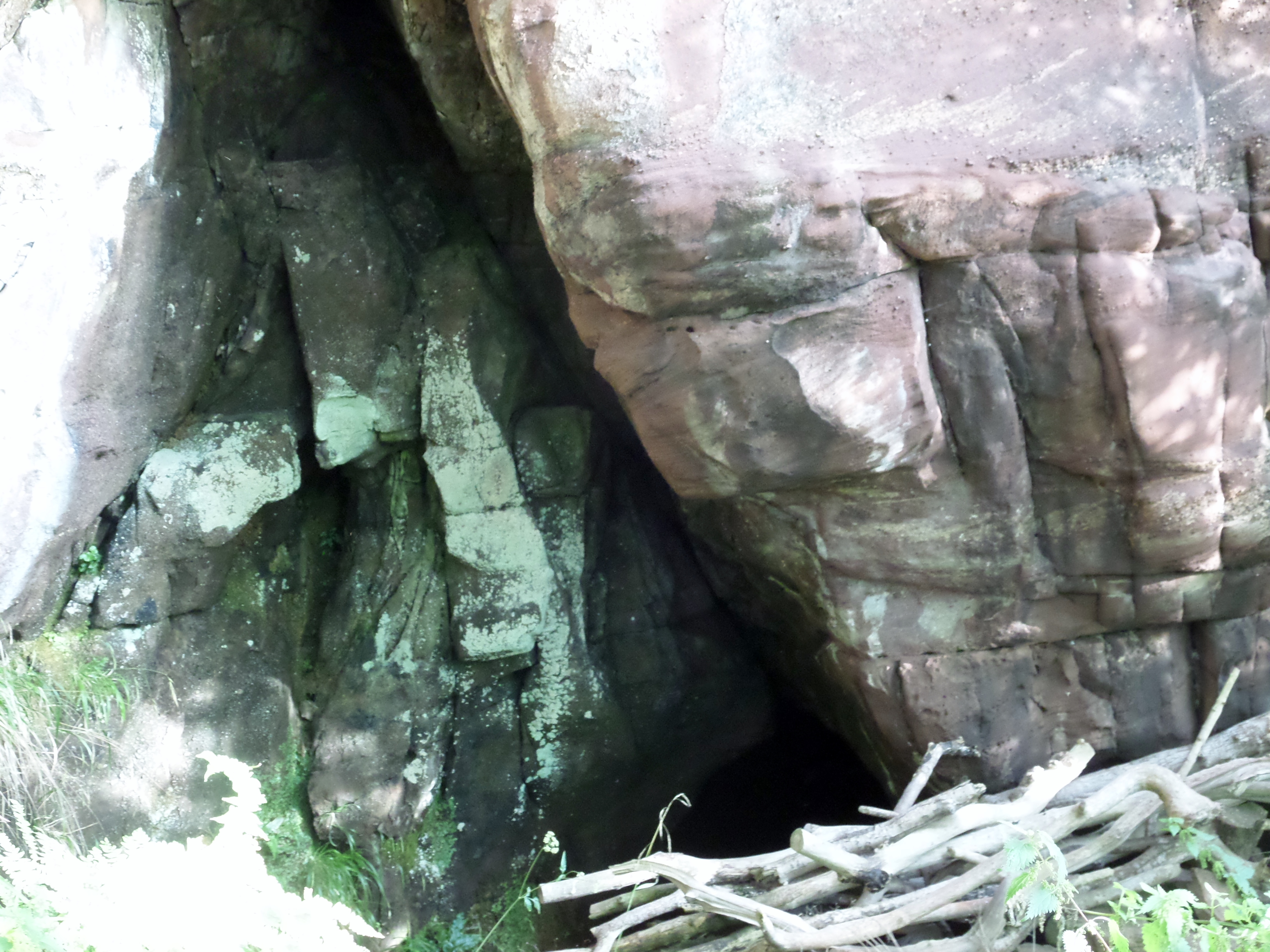Ardneil Bank Wood
Wood, Forest in Ayrshire
Scotland
Ardneil Bank Wood
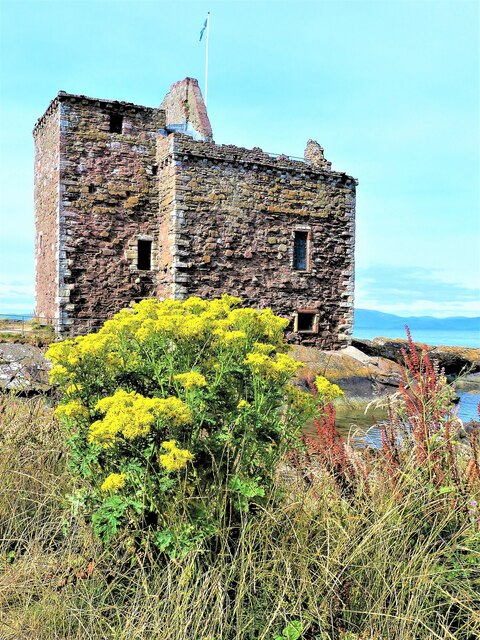
Ardneil Bank Wood, located in Ayrshire, Scotland, is a picturesque forest that spans over a vast area. It is situated near the coastal village of West Kilbride, offering visitors a unique blend of woodland and coastal beauty. The wood is managed by the Forestry and Land Scotland, ensuring its preservation and upkeep for future generations.
The forest boasts a diverse range of tree species, including oak, birch, and Scots pine, creating a rich and vibrant ecosystem. These trees provide a habitat for numerous wildlife species, such as red squirrels, badgers, and a variety of bird species. Nature enthusiasts will find themselves captivated by the tranquility and natural beauty of Ardneil Bank Wood.
The wood offers an extensive network of walking trails, enabling visitors to explore its peaceful surroundings. There are paths suitable for all levels of fitness, from easy strolls to more challenging hikes, accommodating a wide range of outdoor enthusiasts. Along the way, visitors can enjoy stunning views of the surrounding landscape, including glimpses of the nearby coastline.
Ardneil Bank Wood also presents a fantastic opportunity for educational purposes. The forest hosts a variety of environmental education programs, engaging both children and adults in learning about the importance of conservation and sustainable forestry practices.
Overall, Ardneil Bank Wood is a haven for nature lovers and outdoor enthusiasts alike. With its breathtaking beauty, diverse wildlife, and educational opportunities, it offers a wonderful escape from the bustling city life, providing a chance to reconnect with nature in a truly enchanting setting.
If you have any feedback on the listing, please let us know in the comments section below.
Ardneil Bank Wood Images
Images are sourced within 2km of 55.710934/-4.9022613 or Grid Reference NS1750. Thanks to Geograph Open Source API. All images are credited.

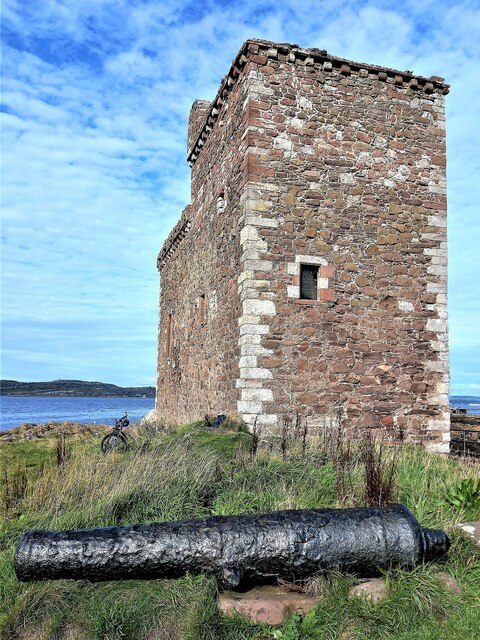
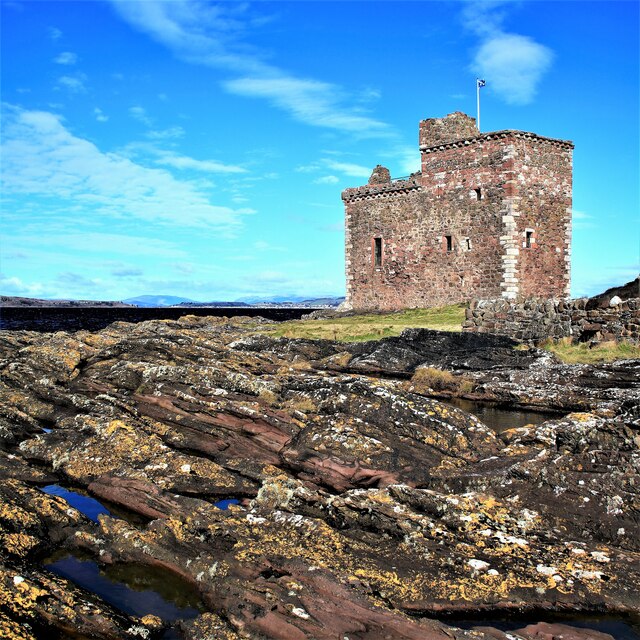
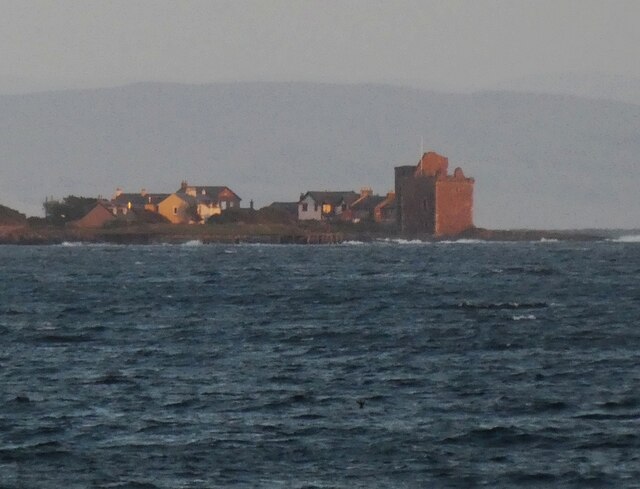
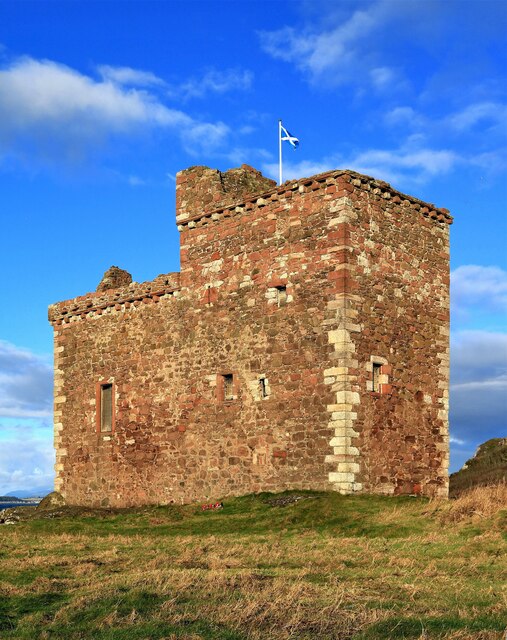
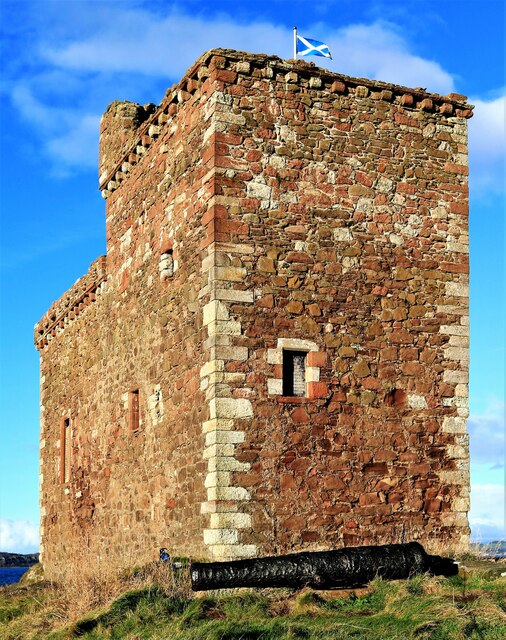
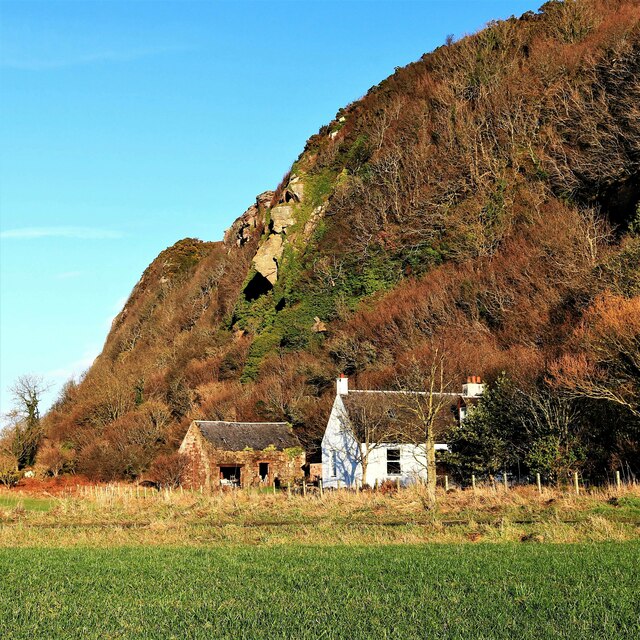
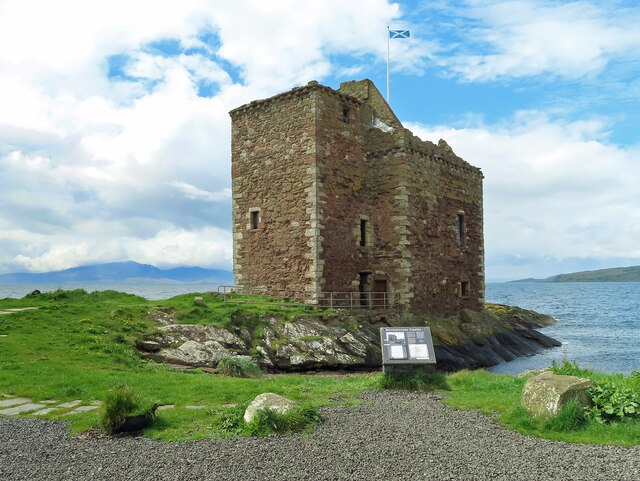
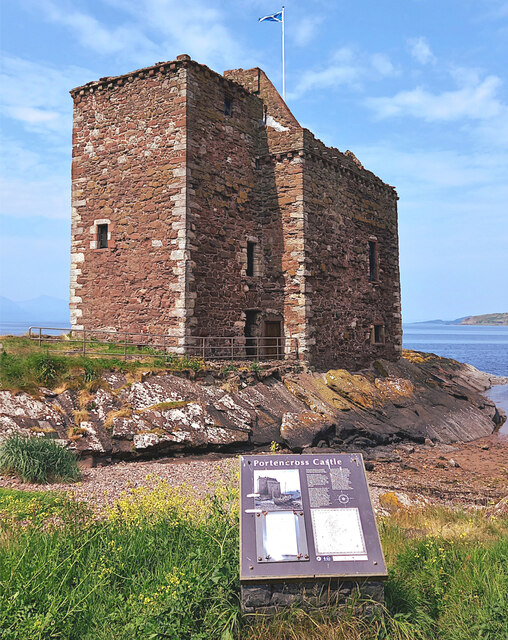
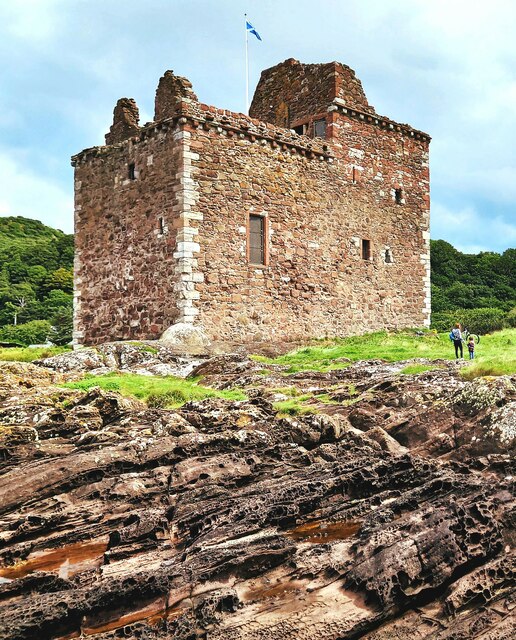
Ardneil Bank Wood is located at Grid Ref: NS1750 (Lat: 55.710934, Lng: -4.9022613)
Unitary Authority: North Ayrshire
Police Authority: Ayrshire
What 3 Words
///rotations.moats.breathy. Near West Kilbride, North Ayrshire
Nearby Locations
Related Wikis
Goldenberry Hill
Goldenberry Hill is a hill in North Ayrshire, Scotland, near West Kilbride. It is a popular spot for walks and is visited regularly. It is 140 metres...
Murder of Mary Speir Gunn
Mary Speir Gunn (31 August 1862 – 18 October 1913) was murdered in a shooting attack at the isolated Northbank Cottage near Portencross in North Ayrshire...
The Holy Cave, Hunterston
The Holy Cave at Hunterston in the Parish of West Kilbride is associated with Saint Mungo, also known as St Kentigern and is often referred to as the Hawking...
Hunterston A nuclear power station
Hunterston A nuclear power station is a former Magnox nuclear power station located at Hunterston in Ayrshire, Scotland, adjacent to Hunterston B. The...
Portencross
Portencross (Scottish Gaelic: Port na Crois) is a hamlet near Farland Head in North Ayrshire, Scotland. Situated about three kilometres (two miles) west...
Portencross Castle
Portencross Castle, also known historically as Portincross Castle, is situated in Portencross, on the west coast of Scotland, about 3 km from West Kilbride...
Hunterston B nuclear power station
Hunterston B nuclear power station is a shut-down AGR nuclear power station in North Ayrshire, Scotland. Located about 6 miles (9.7 km) south of Largs...
Hunterston
Hunterston, by the Firth of Clyde, is a coastal area in Ayrshire, Scotland. It is the seat and estate of the Hunter family. As an area of flat land adjacent...
Nearby Amenities
Located within 500m of 55.710934,-4.9022613Have you been to Ardneil Bank Wood?
Leave your review of Ardneil Bank Wood below (or comments, questions and feedback).
